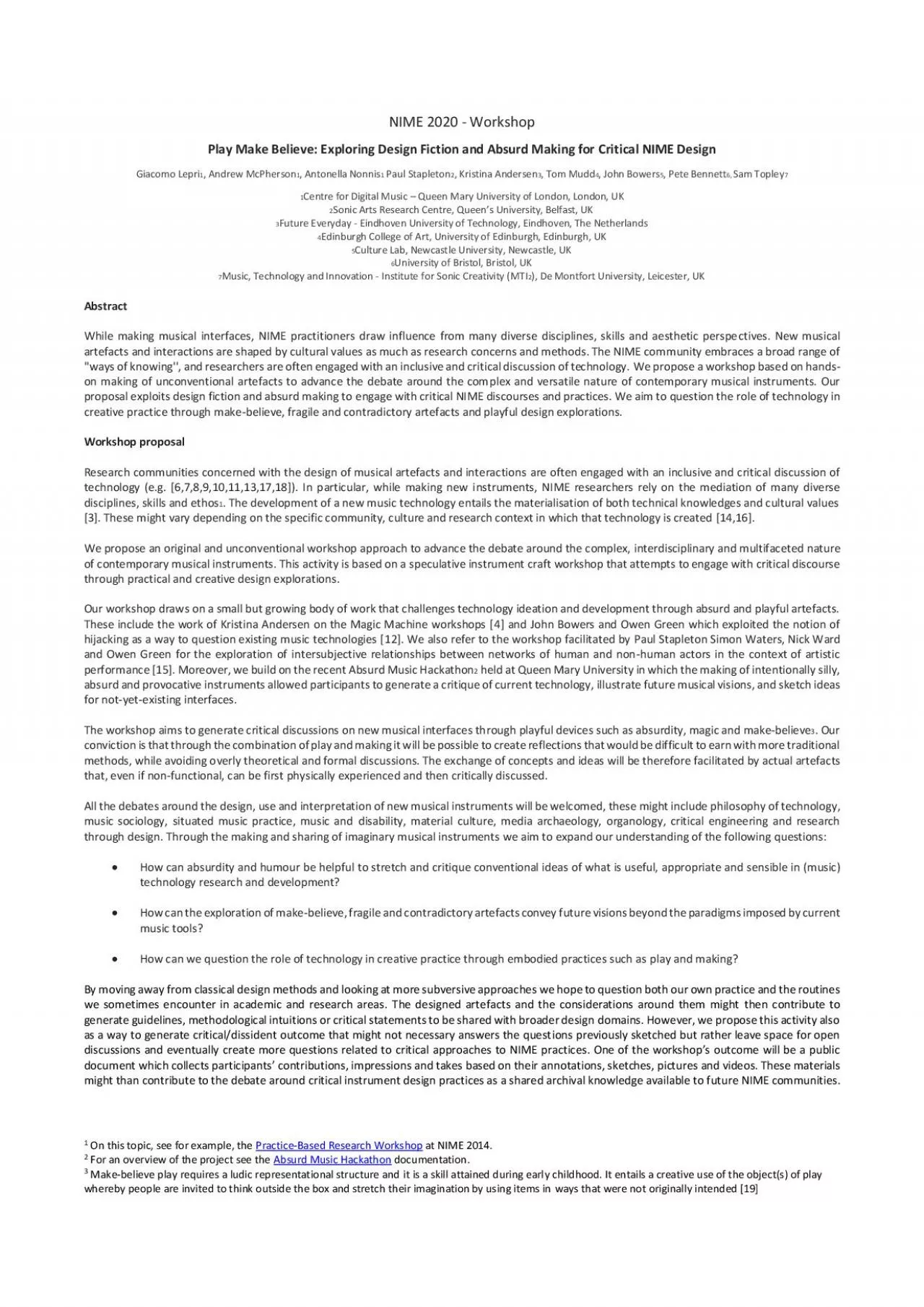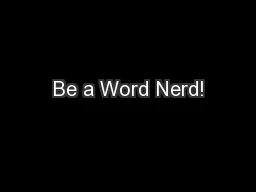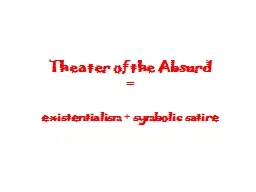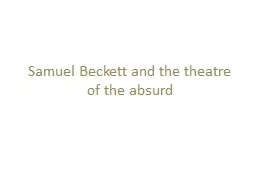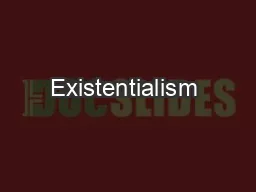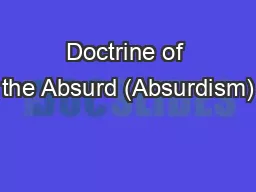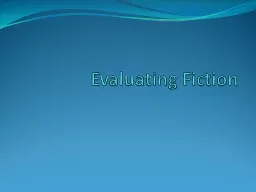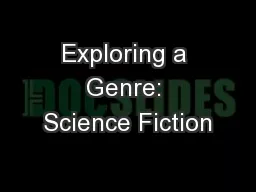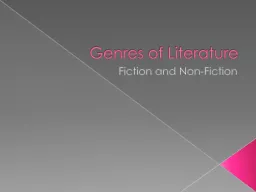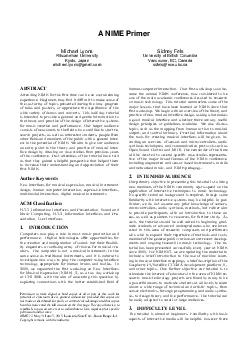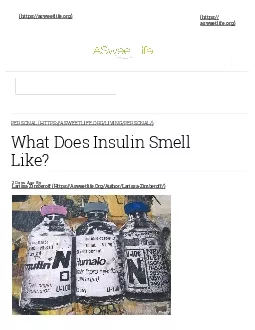PDF-Exploring Design Fiction and Absurd Making for Critical NIME Design
Author : alis | Published Date : 2021-06-06
NIME 2020 Workshop Play M ake B elieve Giacomo Lepri 1 Andrew McPherson 1 Antonella Nonnis 1 Paul Stapleton 2 Kristina Andersen 3 Tom Mudd 4 John Bowers 5
Presentation Embed Code
Download Presentation
Download Presentation The PPT/PDF document "Exploring Design Fiction and Absurd Maki..." is the property of its rightful owner. Permission is granted to download and print the materials on this website for personal, non-commercial use only, and to display it on your personal computer provided you do not modify the materials and that you retain all copyright notices contained in the materials. By downloading content from our website, you accept the terms of this agreement.
Exploring Design Fiction and Absurd Making for Critical NIME Design: Transcript
Download Rules Of Document
"Exploring Design Fiction and Absurd Making for Critical NIME Design"The content belongs to its owner. You may download and print it for personal use, without modification, and keep all copyright notices. By downloading, you agree to these terms.
Related Documents

